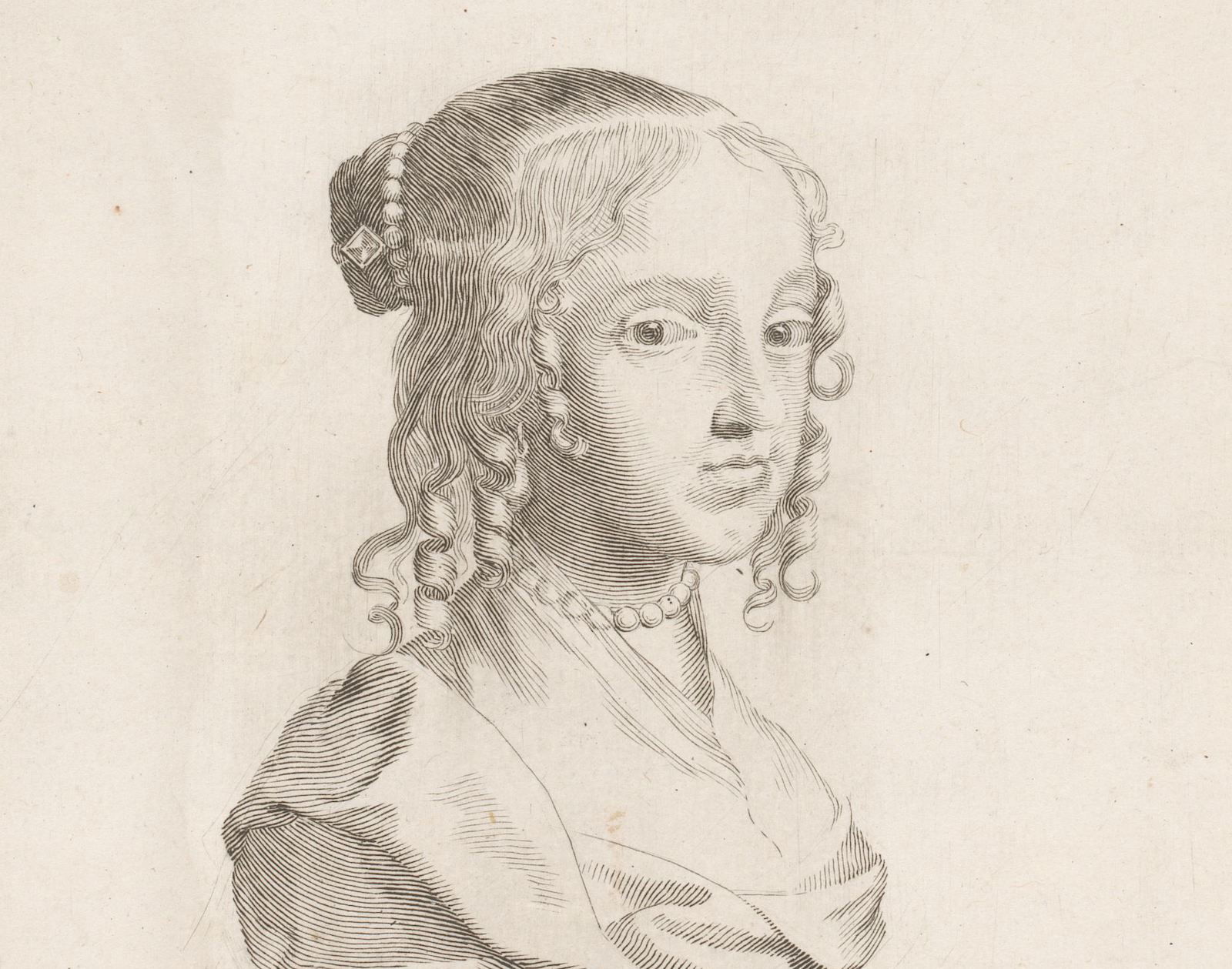The Mysterious Death of Henriette, Duchesse d’Orléans
Henrietta of England, daughter of King Charles I, died in agony claiming she had been poisoned. The cause of death is still disputed.

Henriette, Duchesse d’Orléans, the sister-in-law of Louis XIV, took a drink of her usual chicory water and immediately clutched her side, crying out in pain. Pale and in obvious distress, she was put to bed, but her pains were so severe that she believed she must have been poisoned and asked for an antidote. As her husband, Philippe, rushed to her bedside, Henriette chided him, ‘Alas, Monsieur, it is a long time since you loved me, but this is unjust.’ Alerted, Henriette’s lady-in-waiting watched the duke closely, but he showed no indication of guilt and every sign that he was distressed by his wife’s condition.
